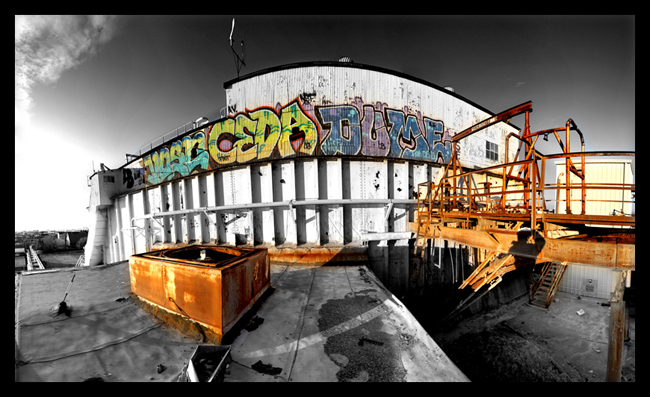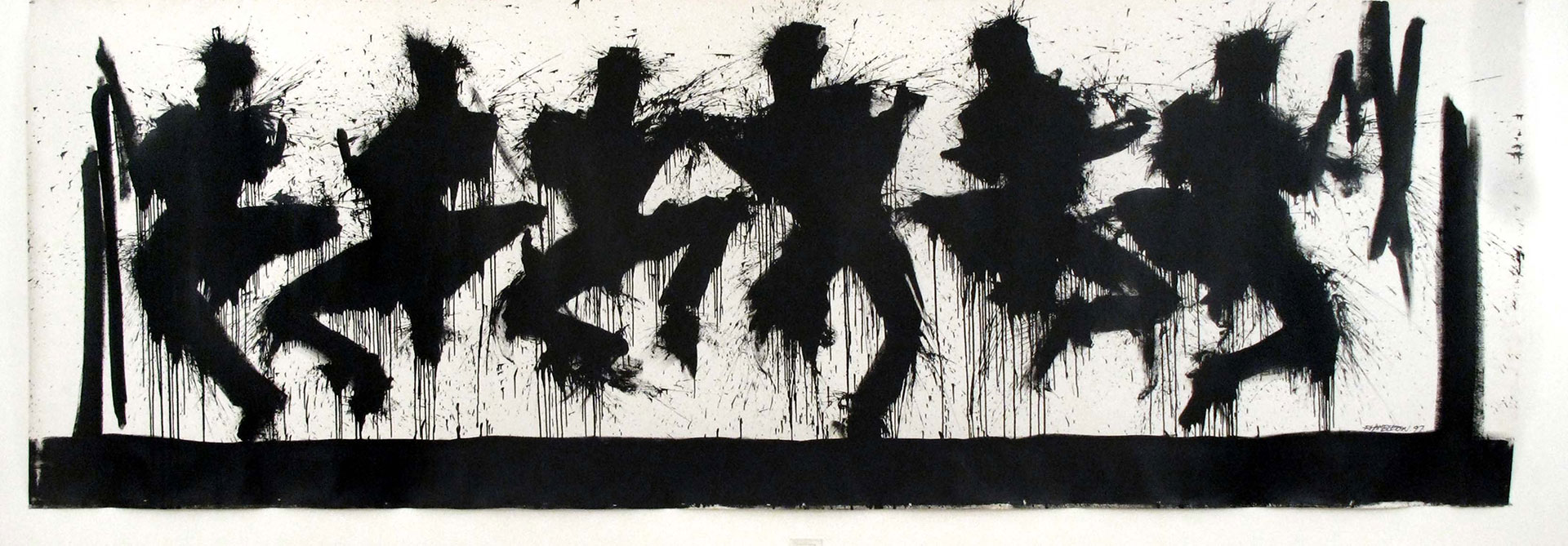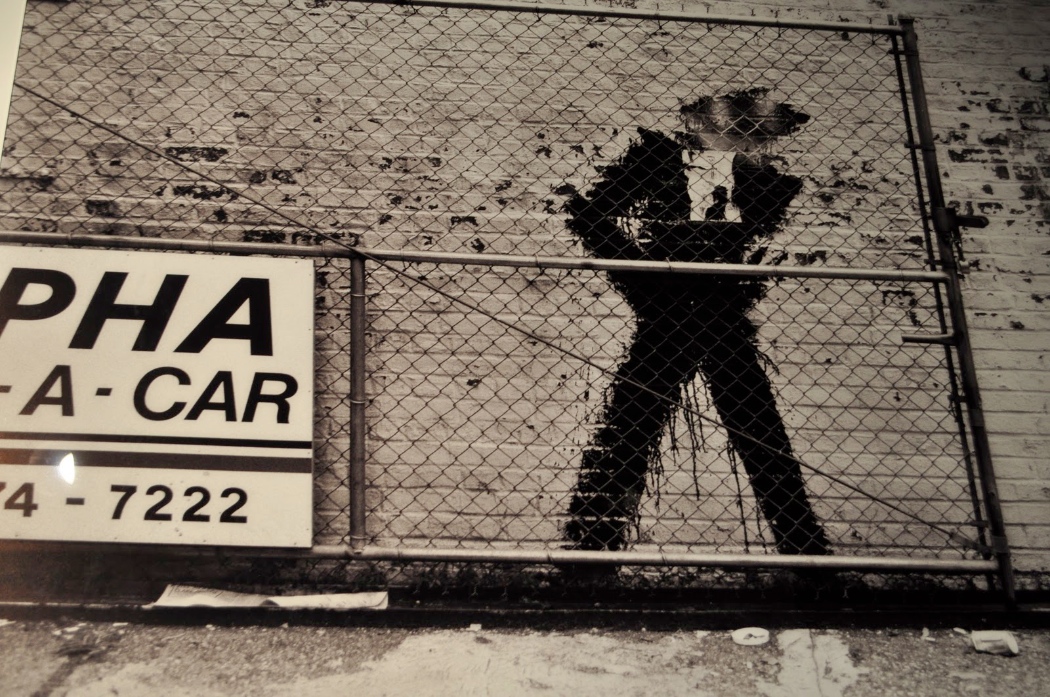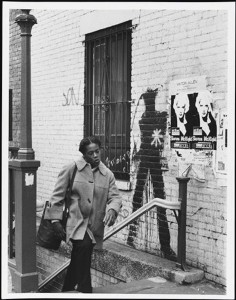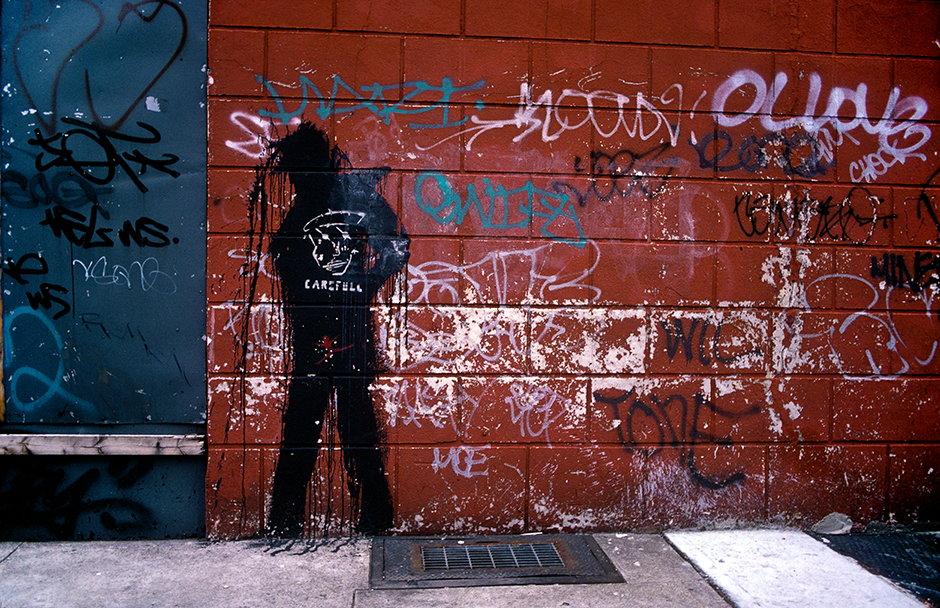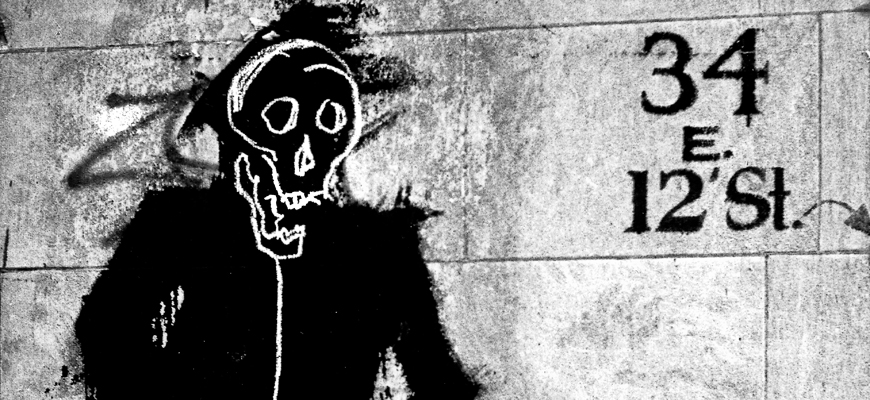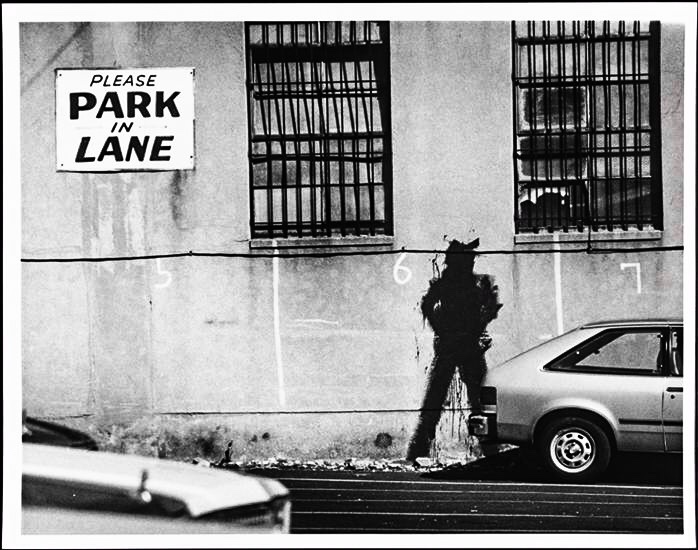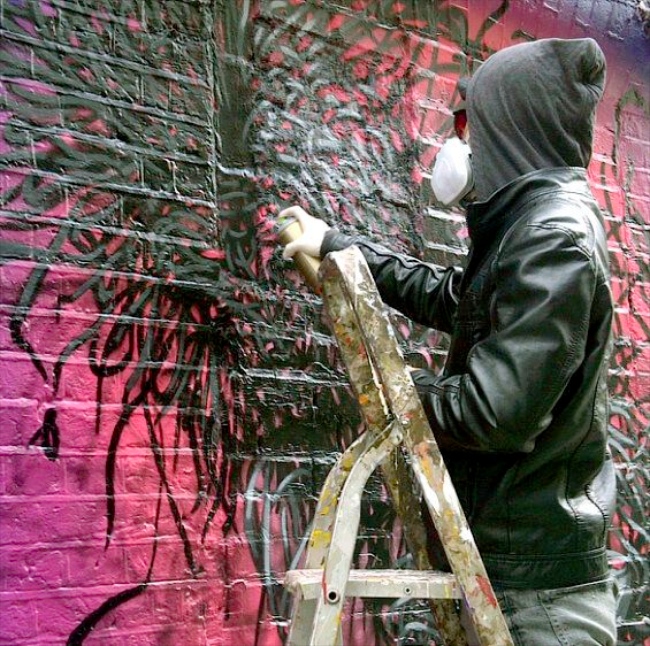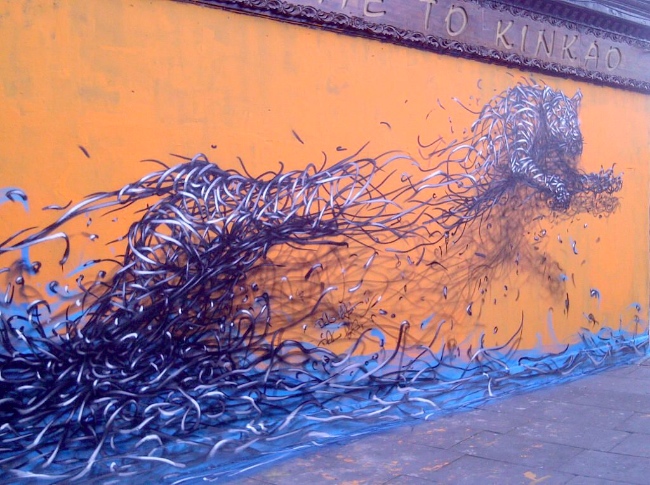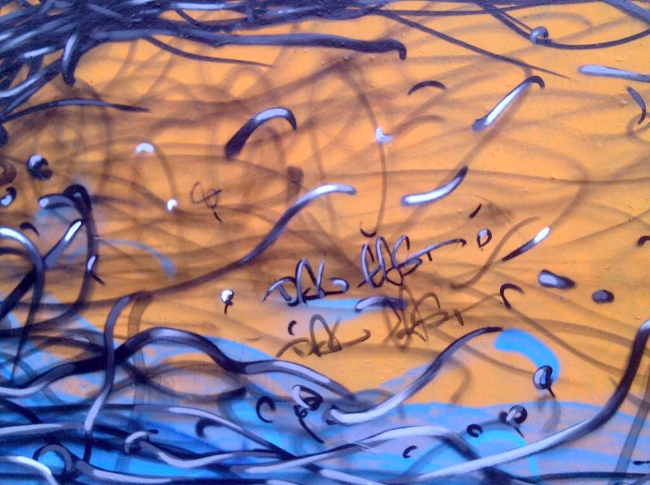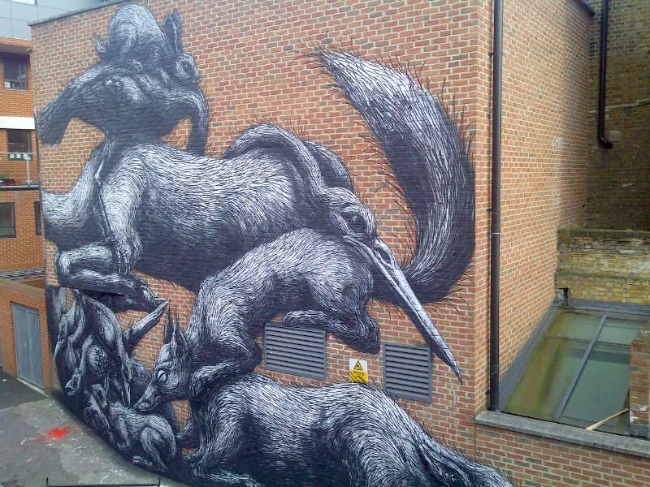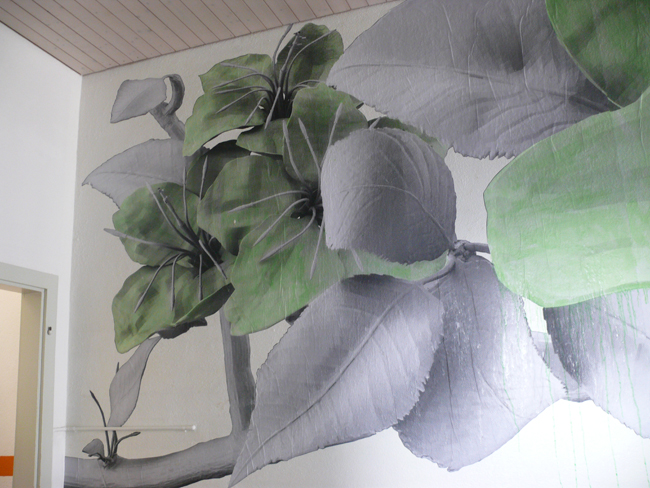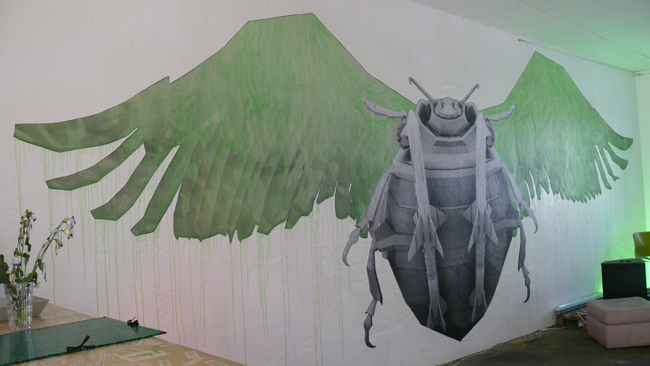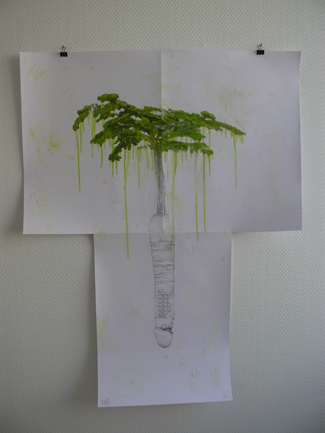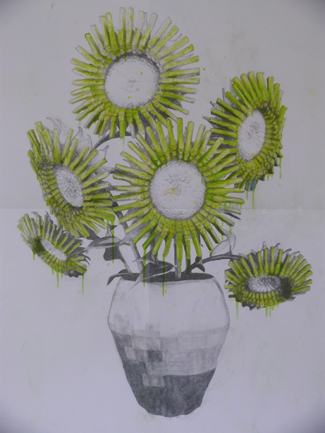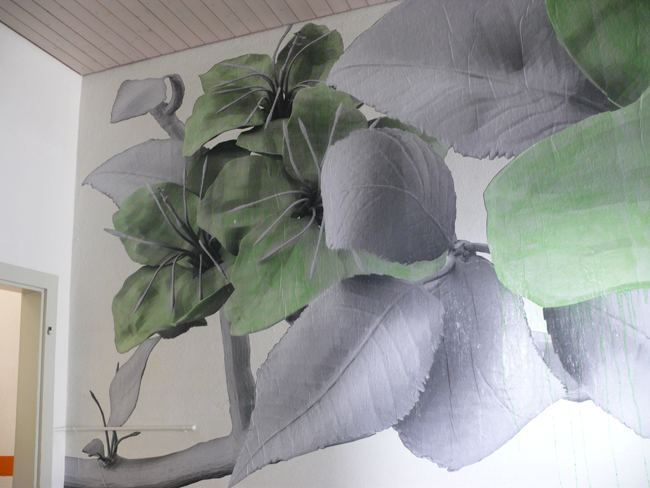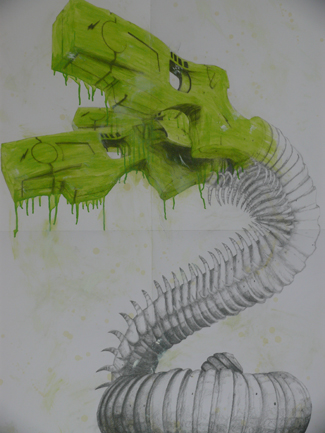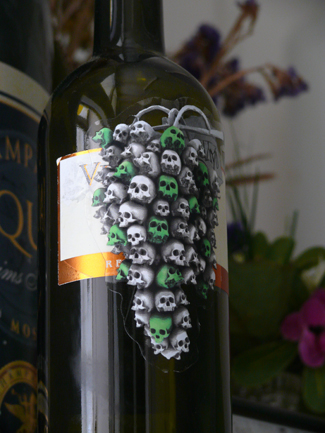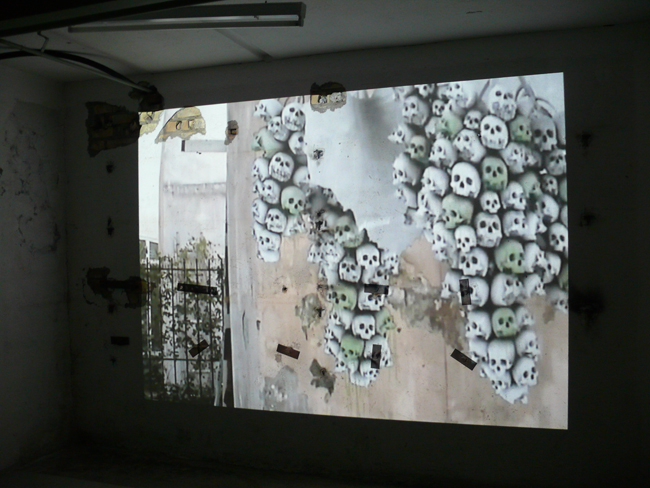“Lacan revises and enriches the myth of Narcissus, so passionately in love with his image that he plunges into the water and is drowned.”[1]
Maurice Merleau-Ponty
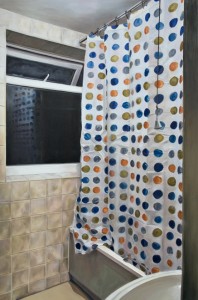
The mirror holds peril. Revealing truths unwanted or enticing the loss of the self to an objectified world. The creation of our self-identity begins with how we respond to our image in the mirror in infancy. We either recognize the ‘other’ and begin the process of socialization or we retreat to find the maternal object and become locked in the death wish.[2] Psychoanalytical theory is of course more complex and involved than that simple description. But the significance in the simplified description is the relationship of self to object. We begin to understand we are an object which occupies space, distinct from others or we seek the comfort and reassurance of objects to satisfy our longing, beginning to see everything as an object available to satisfy us.
In Kleinian theory, the ‘internal object’ is “a mental and emotional image of an external object that has been taken inside the self. The character of the internal object is coloured by aspects of the self that have been projected into it. A complex interaction continues throughout life between the world of internalised figures and objects and in the real world…the state of the internal object is considered to be of prime importance to the development and mental health of the individual.”[3]
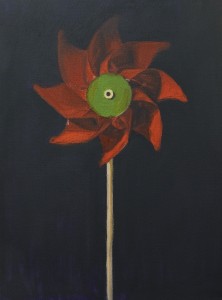
We are bound to objects as a means to understand the world, ourselves and the complex relationships we have throughout life. Any kind of exploration of self and identity must perforce include a discussion of objects. This ‘Me’ of Mine has delved into several aspects of this ‘object relationship’, through the work of Kate Murdoch and memory association with personal identity development, Annabel Dover and the complex personal codes and emotions imposed on objects, Cathy Lomax and objects which represent self-image and emotional states and now with the work of Hayley Harrison and her use of objects as an expression of an inner self:
“I think we have to be in the ‘right’ place both internally and externally and that’s when a conversation occurs. For me self-recognition through the external is experienced in its ‘purest’ form when we are here, now, rather than through our pasts or futures. We can be taken off guard by something, something perhaps poetic that throws us into the present. Whatever that something is, we just have to come into relationship with it. When we experience one of these rare conversations between the internal and external I believe we come back to ourselves, much like Jacques Lacan’s famous discourse with the sardine can. Ultimately within these moments we are looking into a mirror.”
Read more of my interview with Hayley, Speak Me Many Times .
Read past interviews with Kate Murdoch, Annabel Dover and Cathy Lomax.
[1] Roundinesco, Elisabeth, “The Mirror Stage: an obliterated archive” from The Cambridge Companion to Lacan, edited by Jean-Michel Rabaté, 2003, Cambridge University Press, accessed online at: http://artsite.arts.ucsb.edu/~arts1a/outlines/The_Cambridge_Companion_to_Lacan.pdf , 25 June 2013
[2] Ibid.
[3] Melanie Klein Trust, http://www.melanie-klein-trust.org.uk/internal-objects ,accessed 25 June 2013





